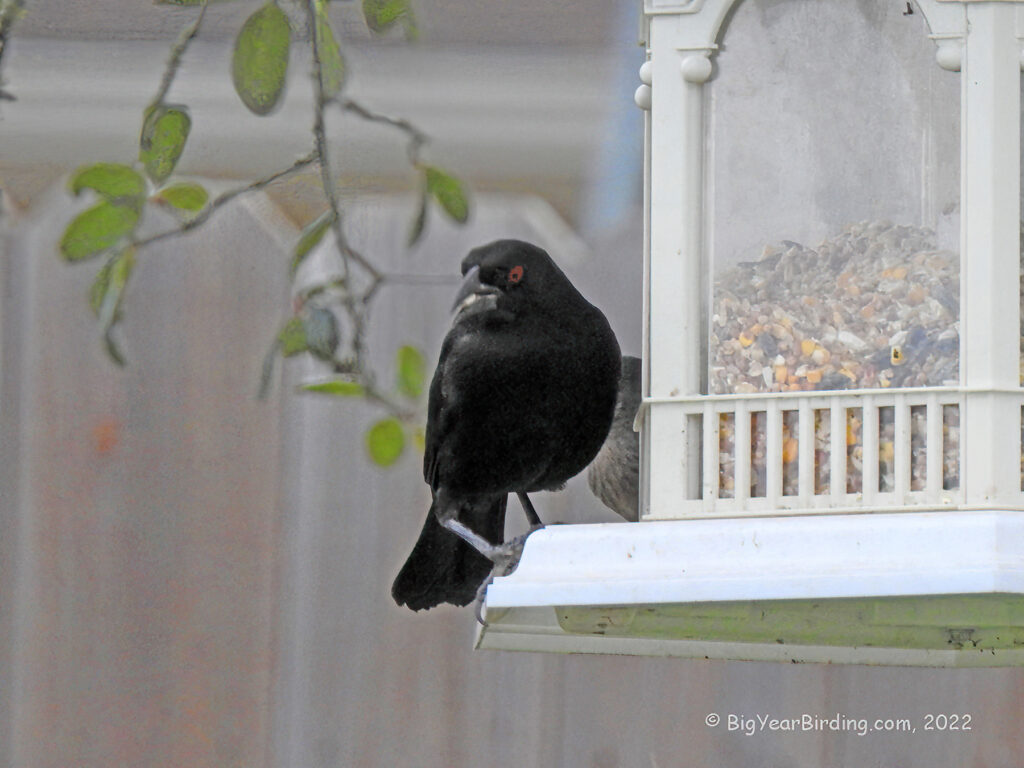
The Bronzed Cowbird (Molothrus aeneus) is a medium-sized bird found in parts of North and South America. It measures around 7.5-9.5 inches in length and weighs between 1.3-2.3 ounces. It is similar in size to a House Sparrow but has a unique plumage that distinguishes it from other cowbirds. The male Bronzed Cowbird is glossy black with a metallic bronze sheen on its head, neck, and back. The female is dull brown with streaks of buff and a yellow eye.
The Bronzed Cowbird is a brood parasite, which means it lays its eggs in the nests of other bird species. It does not build its own nest or rear its young. Instead, the female cowbird lays an egg in the nest of a host bird and then abandons it. The host bird raises the cowbird chick alongside its own offspring, often to the detriment of its own young.
Bronzed Cowbirds are found throughout much of the Americas, from the southern United States to Argentina. They are resident birds in some parts of their range, while in others they are migratory. In the United States, they are found mainly in the Southwest, where they are present year-round, and in Florida and the Gulf Coast during the winter months. In South America, they are found in a variety of habitats, including open savannas, grasslands, and forest edges.
In addition to its unique plumage and brood parasitism, the Bronzed Cowbird is also known for its loud, distinctive vocalizations. The male has a varied repertoire of calls, including a sharp whistle, a musical warble, and a harsh buzz. The female has a more limited range of calls, but she is known to emit a loud chattering sound when she is in the vicinity of a potential host nest.
Despite its successful brood parasitism strategy, the Bronzed Cowbird faces threats from habitat loss and fragmentation, as well as from nest predation by animals such as snakes, raccoons, and cowbirds themselves. Conservation efforts to protect the species include preserving and restoring its habitat, as well as monitoring and managing host populations.
